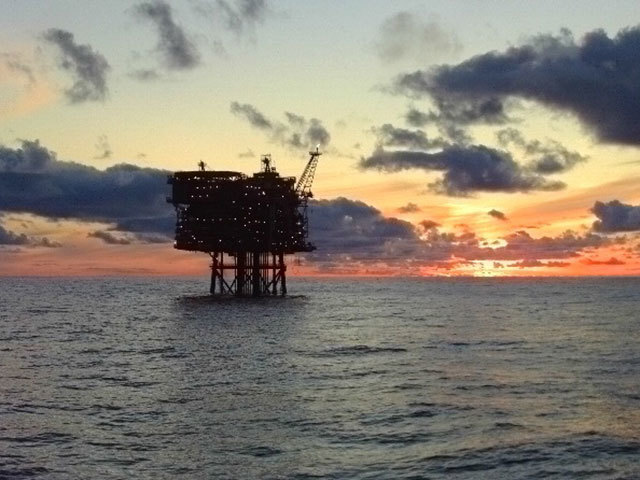
The cost of decommissioning the UK’s North Sea oil and gas operations is set to hit £35billion, a new report has revealed – with a third of that to be spent in the next nine years.
Industry body Oil and Gas UK predicts the overall spend on decommissioning by 2022 will be around £10.4billion as North Sea operators being the process of shutting down and dismantling rigs and infrastructure on the UK continental shelf.
By 2040 that cost is expected to hit £31.5billion to remove the current infrastructure, with any new developments on the UKCS set to add a further £3.5billion to that figure beyond 2040.
But the industry group has warned that the skills shortage currently affecting the oil and gas industry could also have a knock-on impact on the decommissioning process as equipment and labour becomes limited.
The figures, revealed as industry leaders gathered in St Andrews for the annual Offshore Decommissioning Conference, come after Oil and Gas UK surveyed 27 operators.
Around 475 installations across the North Sea will require to be decommissioned, along with 27,000 kilometres of pipeline and infrastructure, and 5,000 oil and gas wells. More than 800 wells are already scheduled to be abandoned by 2022, half of which are in the north or central region of the North Sea, at a cost of around £5million per well.
The increased focus on the decommissioning process is expected to lead to a boom for companies in the oil and gas supply chain, as they switch focus from provision to removal.
However, Oil and Gas UK warned that as the decommissioning schedules get busier, it may begin to create its own problems among companies.
“There may be competition for resources within the supply chain, such as for rigs, vessels and skilled labour,” the report notes.
“The challenge of finding sufficiently skilled personnel is already well documented. Furthermore, although the capability and expertise to carry out decommissioning is available in the UK, the capacity of the supply chain has yet to be fully tested with increased volumes of decommissioning activity.”
The disposal of the offshore material is also set to challenge the industry, with around 470,000 tonnes of decommissioned equipment being brought onshore over the next nine years.
“An informal study of disposal yards illustrated that there are a number of strategically located UK onshore disposal yards,” the group found.
“Many of these have the facilities, space, equipment and expertise to deal with large volumes and weights of decommissioned material, with some also having the capacity to expand.
“However, it is clear that the yards currently experience sporadic decommissioning activity and therefore this market has yet to be fully tested.”
However, the reports authors predict that the expertise and lessons learned from decommissioning on the UKCS over the next few years will give the supply chain among UK companies a boost when it comes to decommissioning projects around the world.
“As the decommissioning sector matures, it is important that the industry has an accurate and consistent basis on which to estimate costs,” said Oil & Gas UK’s operations director Oonagh Werngren.
“[The] new Decommissioning Cost Estimation Guidelines build on the industry’s latest experience in the practice and will be used extensively to plan future projects.”
Recommended for you
